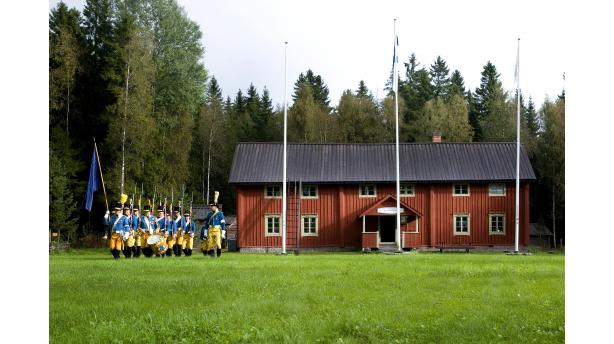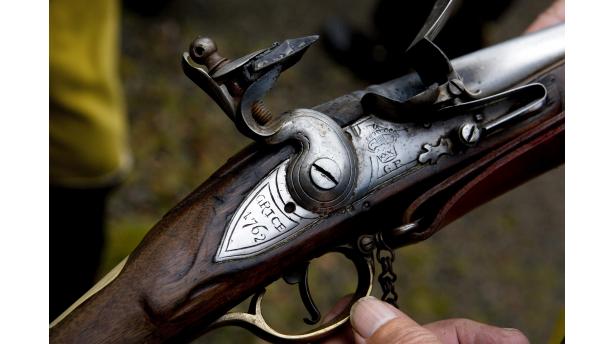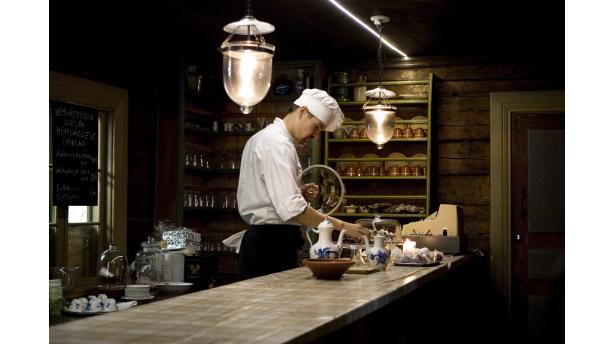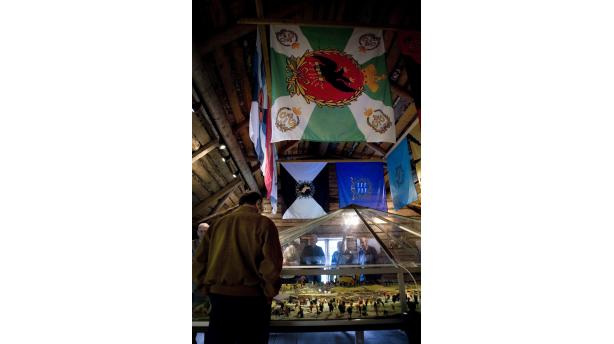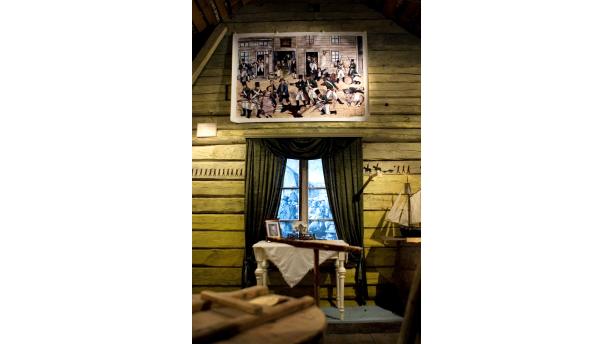Museum A-Ö » Wars and wartime » Ensign Ståhl Centre
Ensign Ståhl Centre





Did you know...
Soldiers wounded in the limbs were usually amputated, and reverend Wegelius followed the troops as a medic equipped with a small doctor’s case and tools, which are on display in the museum.
The Ensign Ståhl Centre comprises the historical area of the battle of Oravais. The Finnish War during the years 1808-1809 is represented in the centre with the help of various artefacts, stories, buildings and the battlefield itself. The war games and demonstrations of the regiment with the contemporary uniforms and weapons bring history to life.
In the Finnish War ( Part of Russo–Swedish Wars and Napoleonic Wars (Franco-Swedish War) in 1808-1809 the Russian troops faced the army of Sweden-Finland on the Oravais battlefield on the 14th of September 1808. The attackers won the battle and forced the Swedish-Finnish troops to retreat. The Oravais battle is considered the bloodiest one in the whole war. The exact number of casualties is not known, but the Swedes and the Finns probably lost approximately 1 000 soldiers and the Russians 800. The battle was decisive for the future of Finland. The lost war meant that Finland became a part of Russia. Finland’s national poet Johan Ludvig Runeberg has written the epic poem “The Tales of Ensign Ståhl” about the battle of Oravais.In the Ensign Ståhl Centre is one of the few officer’s apartments, which have been preserved from the time of the Swedish rule. The corporal’s residence was originally the farm of the Eurs family. The Crown was required to provide its officers and soldiers with apartments and some land, and in the 1730s the Eurs estate became the apartment of the regiment’s corporal. The corporal had important duties in the company; he was for instance responsible for the equipment of the company. The corporal’s apartment has been relocated on the area from the village of Karvat.
The downstairs premises have mainly been furnished in a similar way as the officers could have lived in the 18th century. Upstairs can be seen an exhibition depicting the life of a soldier on the front and the effects, which the soldiers’ presence had on the local population. An impressively detailed scale model with 3 000 tin soldiers has been made of the battlefield. The visitors can also watch a short film, which illuminates the reasons leading to the war and its consequences.
Part of the experience in the Ensign Ståhl Centre is formed by the guidance, which brings the historical setting of the battle of Oravais to life. The Bodyguard Company of the Royal Ostrobothnian Regiment arranges drills in the summer upon request. The soldiers wear contemporary uniforms i.e. yellow trousers, blue blouses, high top hats and muskets. The group can upon request also perform elsewhere. For children can be organized time travels.
In the restaurant Ädelbragd you can enjoy a meal coloured by history, for instance the Corporal Meal (reservations beforehand), the Soldier’s Soup or Coffee with Adlercreutz’s Chocolate Balls. There is also a soldier’s cottage on the area, a memorial on the command hill of major general Adlercreutz, a Lotta Svärd memorial stone and right beside the actual battleground.
